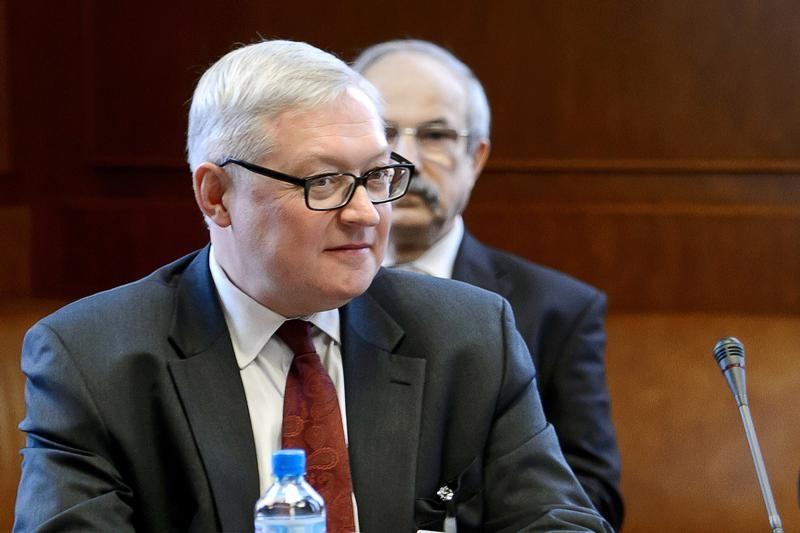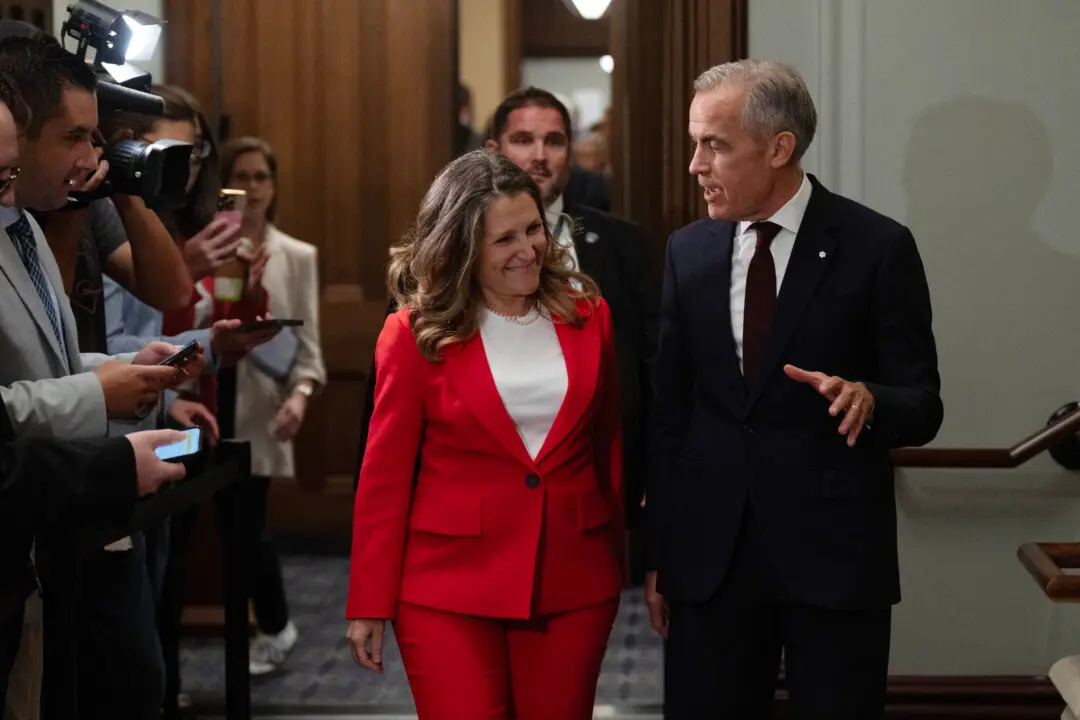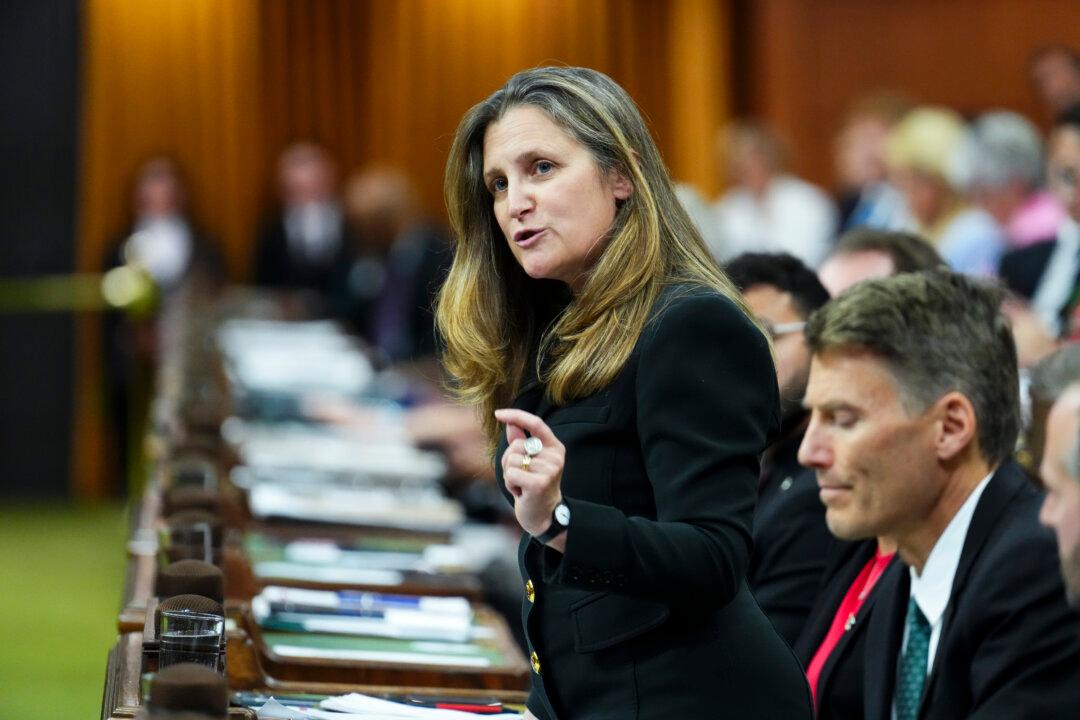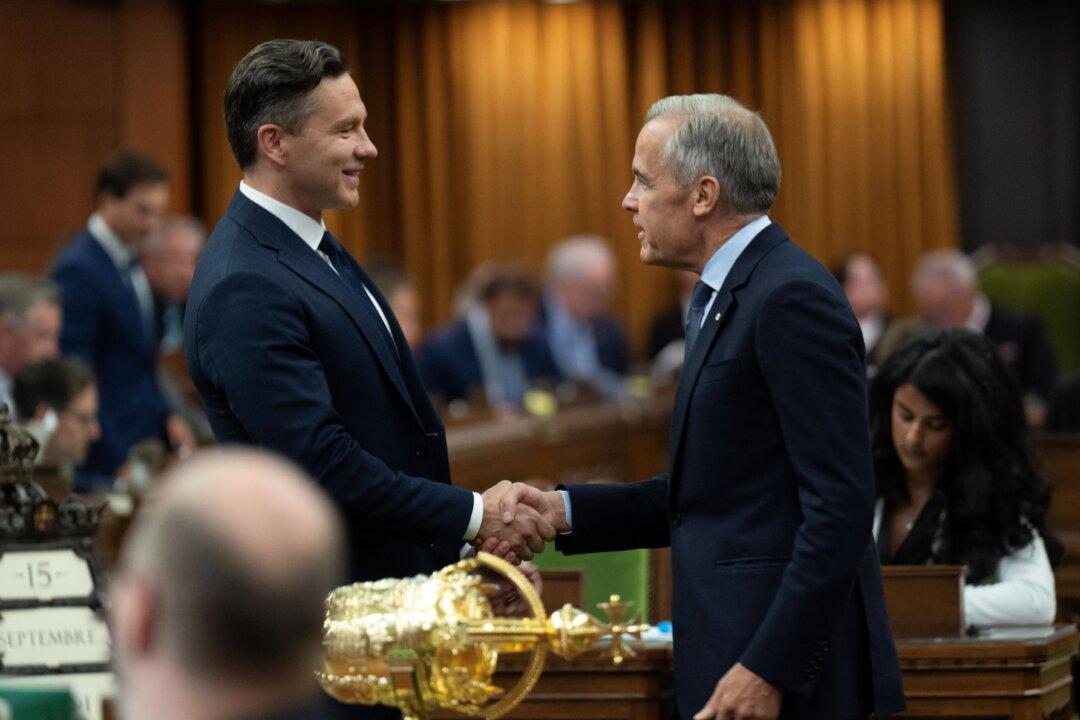Citing the resurrection of a U.S. Cold War-era military command in Europe and NATO’s plans to counter the missile threat from Russia, a Russian official said this week that his country would respond in kind—alluding to the deployment of nuclear-capable missiles into Europe.
“The closer such systems appear to our borders, the higher the risks of destabilization, the more definite the contours of a new crisis, which, in fact, can be comparable in its degree of danger to the ‘Caribbean crisis’ [Cuban missile crisis],” Deputy Foreign Minister Sergei Ryabkov told RIA Novosti, the Russian state-owned news agency.





